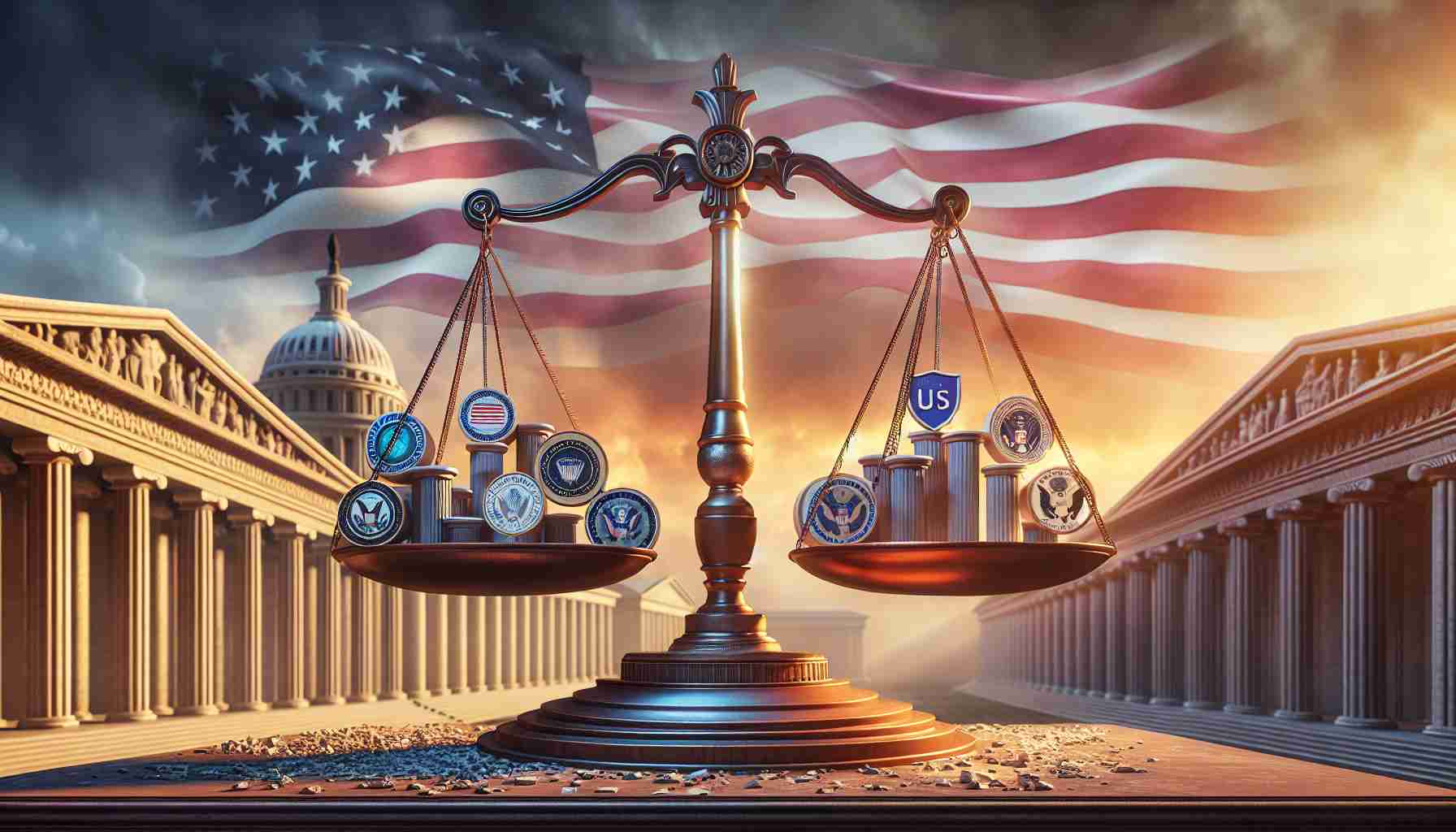The US Supreme Court has made a pivotal decision that reshapes the dynamic of regulatory authority in the United States. By overturning the precedent set by the historic Chevron v. Natural Resources Defense Council case, the court granted itself a broader scope of authority over the executive agencies within the administrative state. This move holds implications that extend to environmental, financial, and labor regulations, among others.
The underlying argument of the Supreme Court rests on the point that courts are better suited to interpret legislative ambiguities than federal agencies. This ruling departs from a long-standing tradition of judicial deference to specialized agencies, such as the Environmental Protection Agency (EPA) or the Securities and Exchange Commission (SEC), which typically possess greater technical expertise in their respective domains.
Historically, the prerogative to enforce laws was considered the domain of Congress and the President, with the Supreme Court’s role being interpretative rather than directive with regard to law enforcement. The recent ruling, however, positions the court as a central figure in determining not just the interpretation, but also the application of laws.
Critics of the decision point to a disruption in the separation of powers as enshrined in the Constitution, expressing concerns that an unelected judiciary is overstepping into areas traditionally overseen by elected officials and their appointees. This shift has raised alarms across various sectors of society, who fear that agency expertise will be sidelined in favor of judicial perspectives.
The dissenting opinions in the case argue against the centralization of interpretive authority within the judicial branch, advocating for a continuance of respect for the specialized knowledge held within executive agencies. As the repercussions of this decision begin to unfold, the checks and balances of the US political system may face significant testing.
Key Questions and Answers:
1. What was the historical Chevron deference doctrine?
Chevron deference was a legal doctrine derived from the 1984 Supreme Court case Chevron U.S.A., Inc. v. Natural Resources Defense Council, Inc. It required courts to defer to reasonable interpretations of ambiguous statutes by administrative agencies.
2. What does the recent Supreme Court ruling entail?
The new ruling overturns the Chevron deference, indicating that courts, instead of agencies, should resolve issues of statutory interpretation, effectively shifting some power from the executive to the judicial branch.
3. How could this ruling affect federal regulatory agencies?
Federal agencies may face more legal challenges to their rulemaking, and courts may take an increasingly active role in shaping policy by interpreting laws instead of the agencies with specialized expertise.
Key Challenges and Controversies:
– Separation of Powers: A central controversy involves potential infringement on the separation of powers, with the judiciary taking on a greater role in areas traditionally managed by the executive branch.
– Expertise versus Interpretation: There is a tension between valuing the technical expertise of federal agencies versus emphasizing the role of courts in interpreting laws.
– Impact on Regulation: Concerns have been raised about the potential slowing down of regulatory processes and increased uncertainty for businesses and other entities subject to regulation.
Advantages and Disadvantages:
Advantages:
– Increased Judicial Oversight: The ruling could ensure closer scrutiny of agency actions and provide a check on regulatory overreach.
– Clarity in Law: Courts may provide clear interpretations of ambiguous statutes that guide both agencies and the entities they regulate.
Disadvantages:
– Undermining Agency Expertise: Agencies’ specialized knowledge may be undervalued, leading to less informed and less effective policy decisions.
– Political Influences: Judiciary interpretations can be influenced by the political leanings of judges, potentially leading to less predictable outcomes.
– Regulatory Delays: Increased litigation and judicial involvement may slow down the implementation of regulations, possibly hindering responsive government action.
For more information on U.S. regulatory oversight and Supreme Court decisions, you can visit the following links:
– U.S. Supreme In Court
– Environmental Protection Agency
– Securities and Exchange Commission
The Supreme Court’s ruling has the potential to either bring about more considered and legally-sound interpretations of law or to inject greater judicial subjectivity into the regulatory space, raising significant constitutional and practical implications for U.S. governance.



